Open Mon-Fri 8:00am to 4:30pm, Sat 8:00am to 11:30am, Closed all long weekends and Public Holidays
Open Mon-Fri 8:00am to 4:30pm, Sat 8:00am to 11:30am, Closed all long weekends and Public Holidays

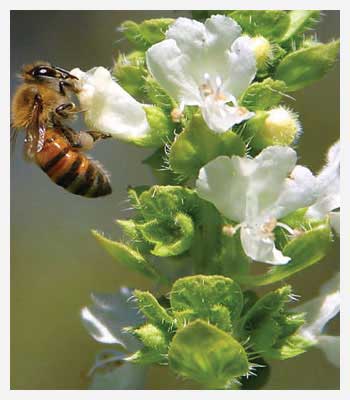
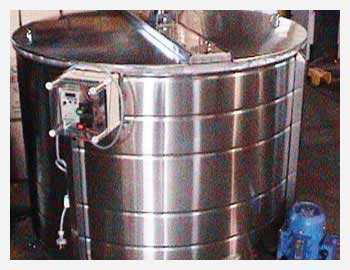
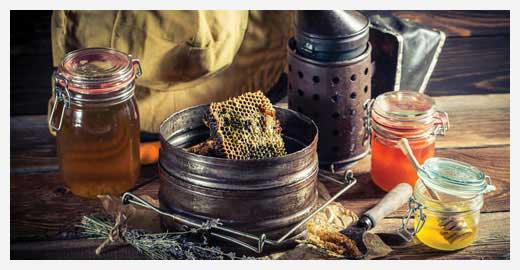
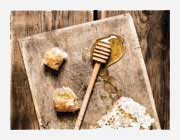

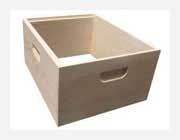

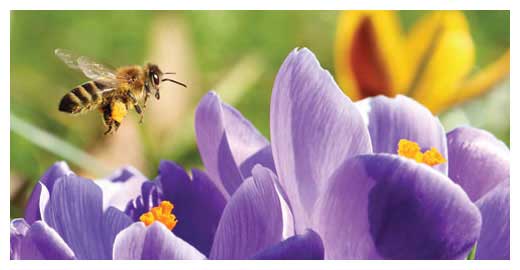
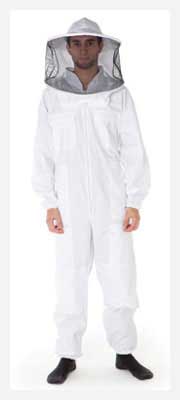

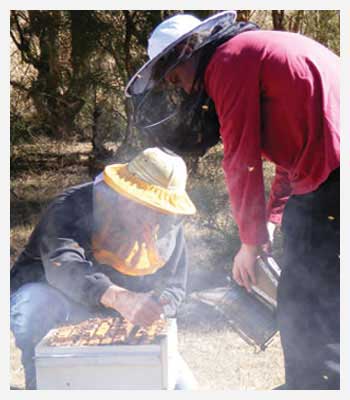

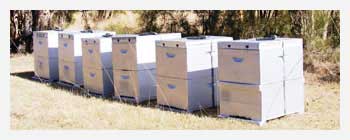
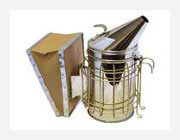





















What happened ?
Beginning in October 2006, some beekeepers in North America began reporting losses of 30-90 percent of their hives. While colony losses are not unexpected during winter weather, the magnitude of loss suffered by some beekeepers was highly unusual. A hive can empty and collapse in as little as a week, the beekeepers said. The disorder doesn't leave heaps of dead bees in the hives. The workers leave and presumably die far from home.
This phenomenon, which currently does not have a recognizable underlying cause, has been termed "Colony Collapse Disorder" (CCD). The main symptom of CCD is simply no or a low number of adult honey bees present but with a live queen and no dead honey bees in the hive. Often there is still honey in the hive, and immature bees (brood) are present.1
European beekeepers observed a similar phenomenon in Belgium, France, the Netherlands, Poland, Greece, Italy, Portugal, and Spain, and initial reports have also come in from Switzerland and Germany, albeit to a lesser degree. Possible cases of CCD have also been reported in Taiwan since April 2007.2
What caused it?
The cause (or causes) of the syndrome is not yet well understood. Theories include environmental change-related stresses, malnutrition, pathogens (i.e., disease Israeli acute paralysis virus or ), mites, pesticides such as neonicotinoidsimidacloprid, radiation from cellular phones or other man-made devices, and genetically modified (GM) crops with pest control characteristics such as transgenic maize. That the disappearances have almost exclusively been reported from a subset of the commercial beekeepers in affected areas (i.e., not feral colonies or organic beekeepers), suggests to some that beekeeping practices can be a primary factor.
From 1971 through 2006, there was a dramatic reduction in the number of feral (wild) honeybees in the US (now almost absent;) and a significant, though somewhat gradual decline in the number of colonies maintained by beekeepers. This decline includes the cumulative losses from all factors such as urbanization, pesticide use, tracheal and Varroa mites, and commercial beekeepers retiring and going out of business. However, late in the year 2006 and in early 2007 the rate of attrition was alleged to have reached new proportions, and the term "Colony Collapse Disorder" was proposed to describe this sudden rash of disappearances.
Limited occurrences resembling CCD have been documented as early as 1896, and this set of symptoms has in the past several decades been given many different names (disappearing disease, spring dwindle, May disease, autumn collapse, and fall dwindle disease has anyone been able to determine its cause(s). Upon recognition that the syndrome does not seem to be seasonally-restricted, and that it may not be a "disease" in the standard sense—that there may not be a specific . Most recently, a similar phenomenon in the winter of 2004/2005 occurred, and was attributed to Varroa mites (the "Vampire Mite" scare), though this was never ultimately confirmed. In none of the past appearances of this syndromecausative agent—the syndrome was renamed.
A real Mystery
It's a good mystery all right, with any number of hypothetical culprits: mites, bad bee food, cell phones, bee AIDS, pesticides, genetically modified (GM) crops, overwork. Jeff Pettis, based in Beltsville, Md., as head of the U.S. Department of Agriculture's network of laboratories devoted to bees, even suggested to the Washington Post that bees had worn themselves out making crop circles, thus explaining two mysteries at once.
Ian Lipkin, MD, professor of Epidemiology, Neurology, and Pathology at Columbia, and his team searched for footprints of viruses, bacteria, fungi, and parasites in thousands of (DNA) sequences.
The researchers report that IAPV (Israeli Acute Paralysis Virus ) was found in all four affected operations sampled.
Are GM Crops Killing Bees? By Gunther Latsch
"The study in question is a small research project conducted at the University of Jena from 2001 to 2004. The researchers examined the effects of pollen from a genetically modified maize variant called "Bt corn" on bees. A gene from a soil bacterium had been inserted into the corn that enabled the plant to produce an agent that is toxic to insect pests. The study concluded that there was no evidence of a "toxic effect of Bt corn on healthy honeybee populations." But when, by sheer chance, the bees used in the experiments were infested with a parasite, something eerie happened. According to the Jena study, a "significantly stronger decline in the number of bees" occurred among the insects that had been fed a highly concentrated Bt poison feed. The bacterial toxin in the genetically modified corn may have "altered the surface of the bee's intestines, sufficiently weakening the bees to allow the parasites to gain entry -- or perhaps it was the other way around. We don't know."Of course, the concentration of the toxin was ten times higher in the experiments than in normal Bt corn pollen.
Symptoms of CCD
1) In collapsed colonies
a. The complete absence of adult bees in colonies, with no or little build up of dead bees in the colonies or in front of those colonies.
b. The presence of capped brood in colonies.
c. The presence of food stores, both honey and bee bread
i. which is not immediately robbed by other bees
ii. when attacked by hive pests such as wax moth and small hive beetle, the attack is noticeably delayed.
2) In cases where the colony appear to be actively collapsing
a. An insufficient workforce to maintain the brood that is present
b. The workforce seems to be made up of young adult bees
c. The queen is present
d. The cluster is reluctant to consume provided feed, such as sugar syrup and protein supplement
Ref 1: Agricultural Research Service (ARS) - U.S. Department of Agriculture.
Ref 2 : Wikipedia
![]()
Quality Beekeeping Supplies is a specialist supplier of stainless steel equipment to the beekeeping industry:
![]()
Quality Beekeeping Supplies carry the full range of standard beekeeping supplies:
![]()
Quality Beekeeping Supplies can also supply Honey Storage items :
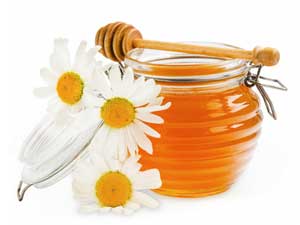


Unit 4B / 10 Jijaws St.
Sumner Park, Qld 4074
Tel : 07 3376 5404
info@qbs.net.au
Mon - Fri : 8am - 4:30pm
Saturday : 8am - 11:30am
Closed all long weekends
Closed Public Holidays